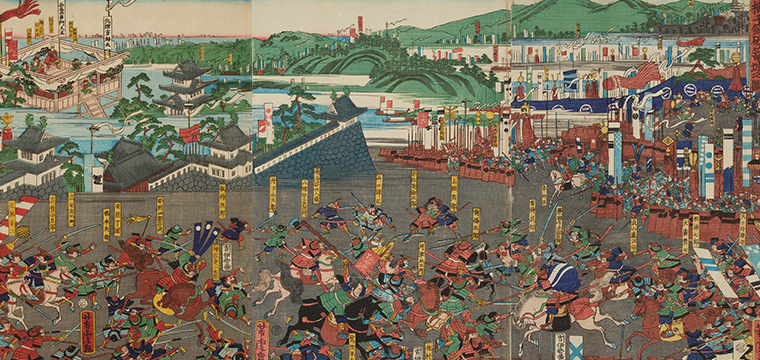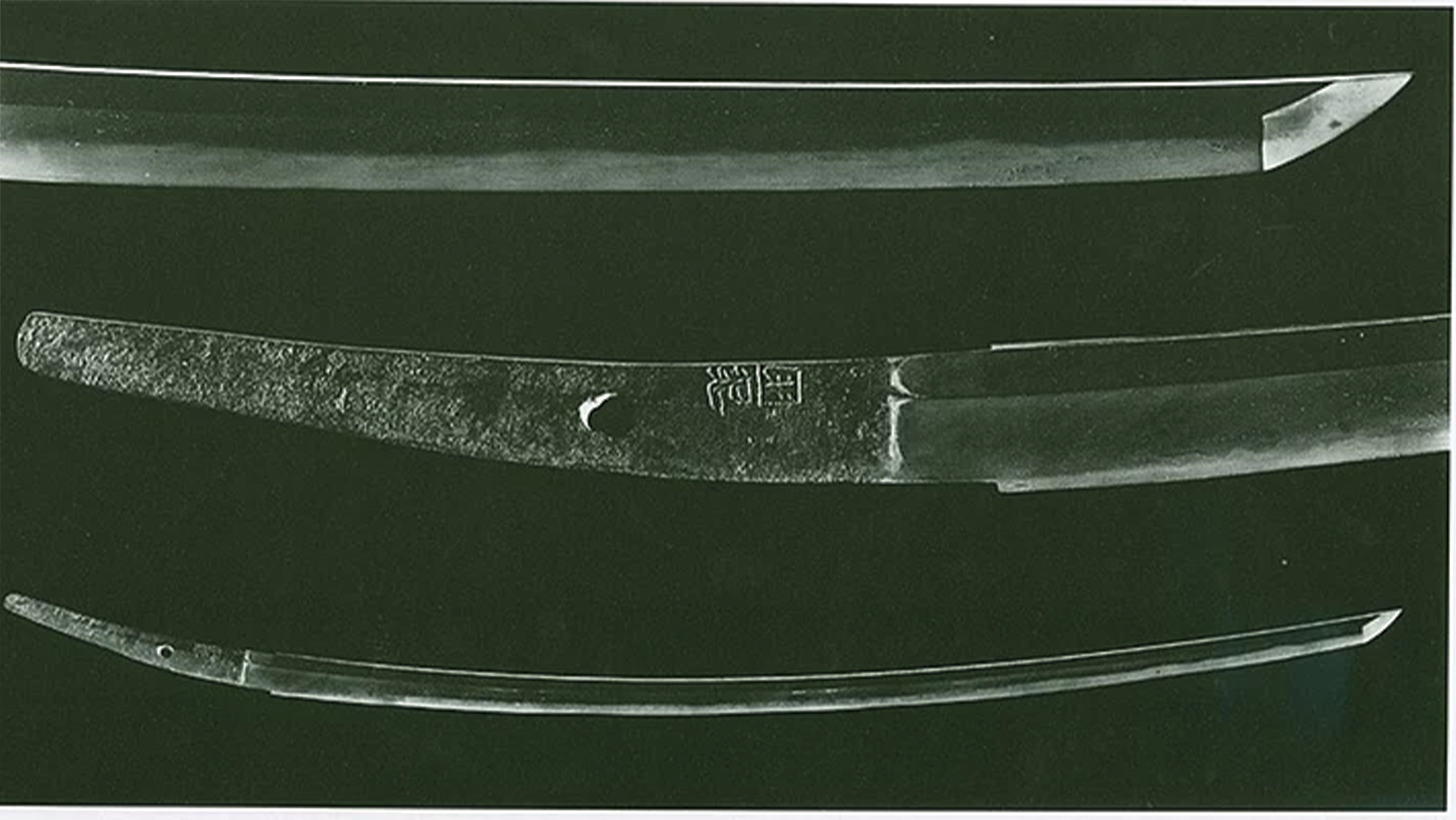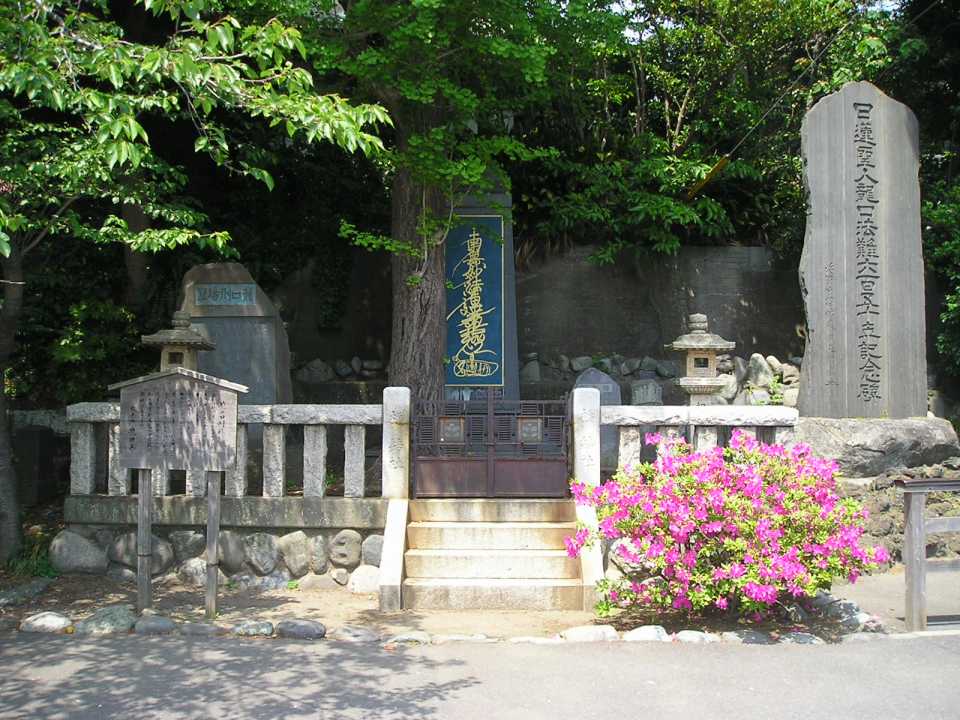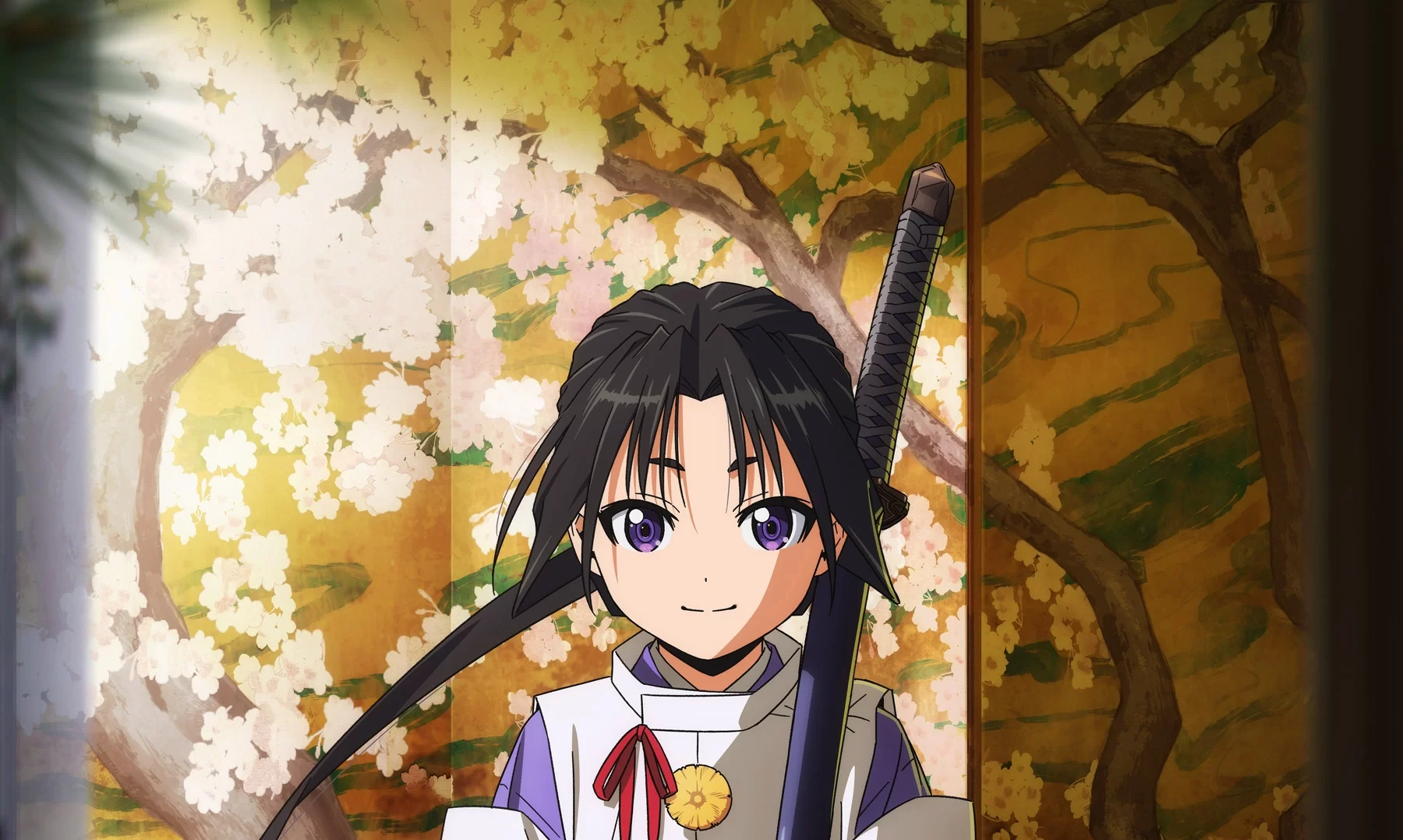The Elusive Samurai from CloverWorks has been hailed as one of the highlights of the summer anime season. Based on a manga of the same name by Yusei Matsui, it tells the story of Hojo Tokiyuki — a young samurai noble with a near superhuman ability to flee and dodge attacks — as he tries to avenge his clan after they were betrayed by a trusted general. Because of its fantastical elements and a bold mixture of comedy and outlandishly gruesome violence, it might surprise some to hear that The Elusive Samurai is based on fact. Hojo Tokiyuki is a real historical figure, and while the anime does get a lot of details right about him, there are still some things that the show skips over.

Scene from the Genko War, which resulted in the end of the Kamakura Shogunate.
Hojo Tokiyuki Is a Tiny but Deeply Symbolic Bleep in Japanese History
The Hojo were once the de facto rulers of Japan, thanks in no small part to the Nun Shogun. But near the mid-14th century, their power dwindled and they faced growing opposition from Emperor Go-Daigo and later their turncoat general Ashikaga Takauji. The near total slaughter of the Hojo clan in 1333 spelled the end of the Kamakura period and paved the way for the Muromachi period (1336–1573). It was a turbulent time that saw the creation of the Ashikaga shogunate and the establishment of two opposing imperial courts. Many modern accounts of this time don’t mention him at all. And when they do, it’s often in the form of a footnote.
Tokiyuki’s mark on history boils down to surviving the attack on his family, finding allies and retaking and losing Kamakura (the seat of power) a few times before being captured and beheaded. As such, most records tend to gloss over him. But to Yusei Matsui, the young warrior is a powerful symbol of how the idea of samurai has changed over the centuries, because the warriors did not always consider dying in battle to be glorious. “To samurai during the Kamakura and [later] periods, victory was about running away and surviving,” the artist told The Japan News. “In this manga, I’ve made it clear that Tokiyuki’s special talent is his skill in running away… because I thought that was not historically wrong.”

Hojo Tokiyuki’s legendary sword, Onimaru.
He Owned a Legendary Demon-Slaying Sword
According to the 14th-century Taiheiki epic, Tokiyuki owned the legendary katana Onimaru (Demon Circle). Legend goes that the blade, which was in the possession of the Hojo for more than a century, was once wielded by such legendary warriors as Minamoto no Yorimitsu and Watanabe no Tsuna, and has tasted the blood of many oni demons. Today, it’s owned by the Imperial Household Agency and is considered one of the Tenka-Goken — the Five Greatest Swords in Japan.
Tokiyuki is said to have never parted with Onimaru but was ultimately forced to leave the sword behind in truly gruesome circumstances. While retreating from Ashikaga forces in 1335, he entrusted Onimaru to Suwa Yorishige, the Hojo vassal who took Tokiyuki in after the death of his family and helped him raise an army. He’s also one of the main characters in the anime so consider this a spoiler warning.
The story goes that Yorishige and his retainers committed seppuku and had their faces peeled off by the last member of their suicide party. Some sources go as far as to claim that they peeled off their faces themselves. The point was to obscure their identity and, thanks to the presence of Onimaru near the corpses, convince the enemy that Tokiyuki was among the faceless dead, giving the elusive samurai more time to escape. The sword later became one of the regalia of the Ashikaga shoguns.

Ryuguchi execution grounds, said to be where Tokiyuki Hojo was executed.
He Is One of the Shortest-Reigning Rulers in Japanese History
Tokiyuki’s fight against imperial forces during the aftermath of Takauji’s betrayal was meant to restore the Kamakura government, and it sort of worked. Very briefly. After winning a few battles, Tokiyuki took the city back in 1335 and was ready to start ruling. Since his clan was no more and he was never officially named regent like his father, his time in Kamakura isn’t considered a continuation of the Hojo’s rule. And because he was later driven out of the city (resulting in the loss of Onimaru and Suwa Yorishige’s close shave), his “reign” was essentially its own thing, a tiny link between the Hojo and the later rule of Emperor Go-Daigo and the Ashikaga shogunate. And we do mean tiny because Tokiyuki only spent about 20 days in Kamakura before retreating. It’s why this whole episode is sometimes called the “20-Day Period.”
Tokiyuki recaptured Kamakura in 1352, but as a servant of Emperor Go-Daigo to whom he submitted after Ashikaga Takauji rebelled against the imperial court. Once again, though, he didn’t hold the city for long, and was executed shortly after that. Go-Daigo continued his fight against the Ashikaga but lost so badly, he was the last emperor to hold any real power in Japan until the mid-19th century.
Related Posts
- 3 Non-Japanese Samurai You Should Know About
- Kani Saizo: The Bloodthirsty Life of the Bamboo Samurai of Death
- Famous Samurai Battles and Conflicts | List of 7
Updated On August 22, 2024









